Art Of Healthy And Productive Living: A Handbook For Teachers For Classes I, II And III
In the National Curriculum Framework for School Education-2000 (NCFSE - 2000), The Art of Healthy and Productive Living has been introduced as a new subject. This subject is a merger of three subjects in the previous curriculum, namely, Work Experience, Art and Health Education. The aim of combining these three subjects is to provide meaningful opportunities to children for their optimum all round development. To reduce the curriculum load, it was decided not to have any textbook for the subject. A Handbook for teachers has, therefore, been developed. How the teacher should present different activities for the children of Classes I, II and III has been highlighted in this Handbook. In this subject, the emphasis will be on activities which will nurture positive human values in young children. There are eight chapters in this Handbook which will help the teachers to plan, organise and carryout the activities in and out of school. The first chapter introduces the concept and objectives of the subject. In the second chapter, the challenges which the teachers face in different situations have been discussed in detail. The third chapter deals with some general misconceptions teachers have about children and teaching. Against this background, it becomes imperative to understand children at the primary level. In the fourth chapter, we have tried to give examples of joyful activities, based on the background, developmental needs and interests of children. Our understanding of children provides us with an insight for organising activities more effectively. The techniques for motivating children to take part in different types of activities have been outlined in chapter five. The participation of the community in the teaching-learning process cannot be under -estimated and is essential in both rural and urban schools. Soliciting co-operation from other teachers, parents / community has been dealt in chapter six. The seventh chapter focusses on the meaningful implementation of activities. A number of core and optional activities have been given as exemplar activities. Both types of activities have been presented as examples only. It is hoped that these exemples will equip the teachers to understand the nature of the Art of Healthy and Productive living better. The last chapter emphasises the need for evaluation and monitoring. The key role played by teachers, parents and members of the community in the impartial evalution the children's performance has been highlighted. The nature of evaluation is different from the evaluation process undertaken in other subjects. It will largely be based be informal on observation without making the children, parents and community conscious of it. This will constitute a part of continuous comprehensive evaluation to monitor the behavioural changes in children.
Get it now and save 10%
BECOME A MEMBER

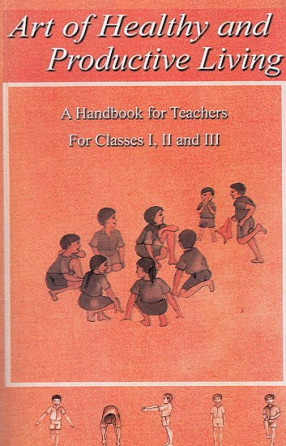
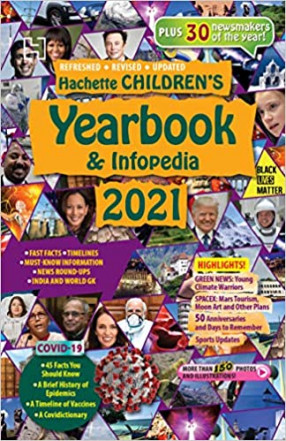
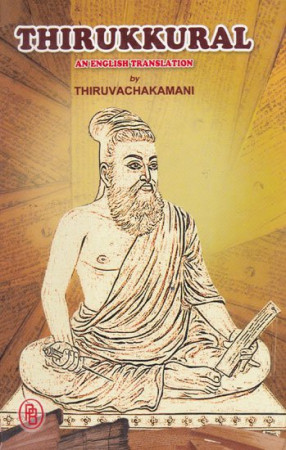


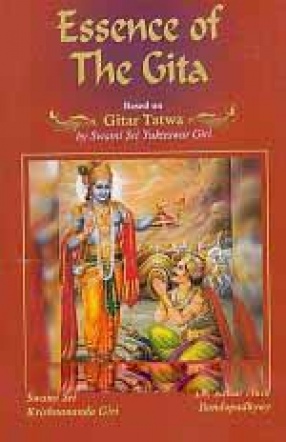
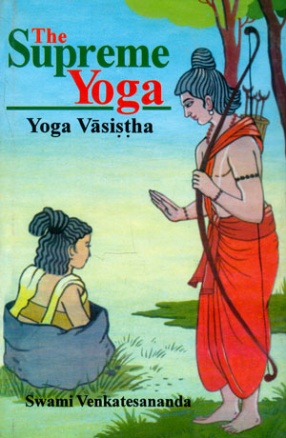

Bibliographic information